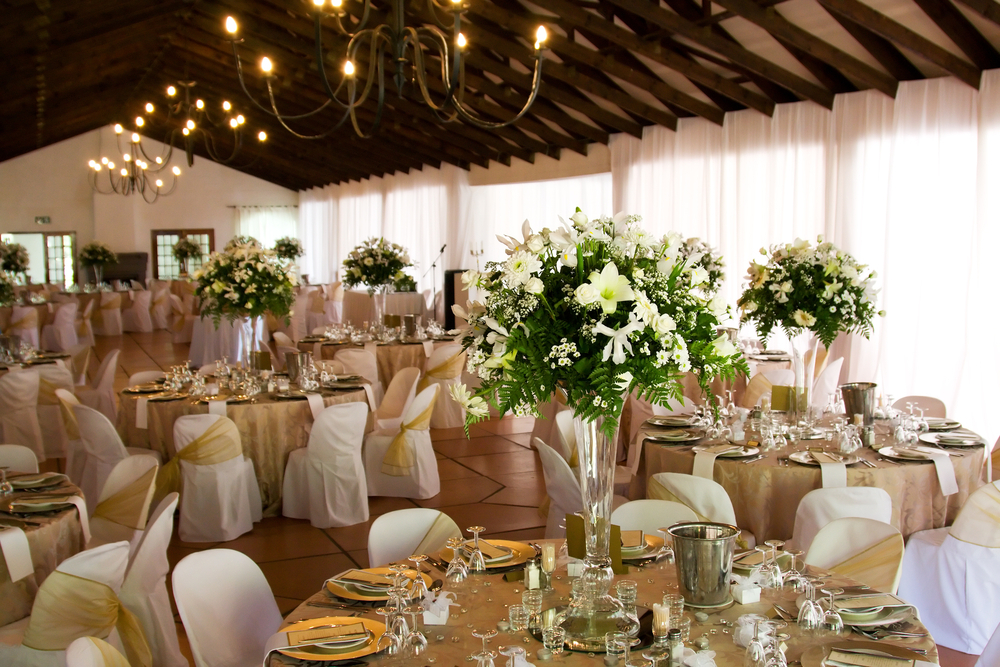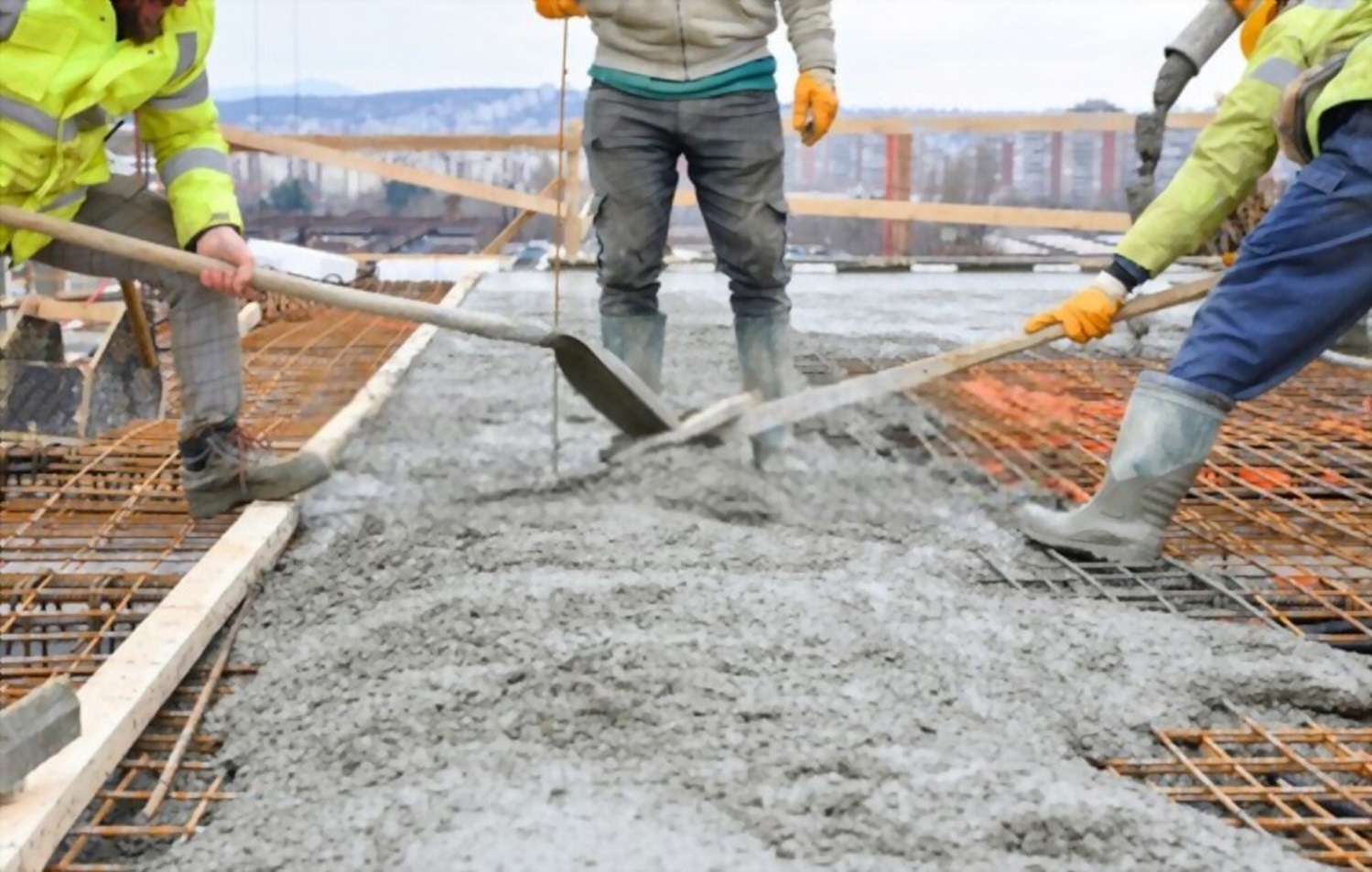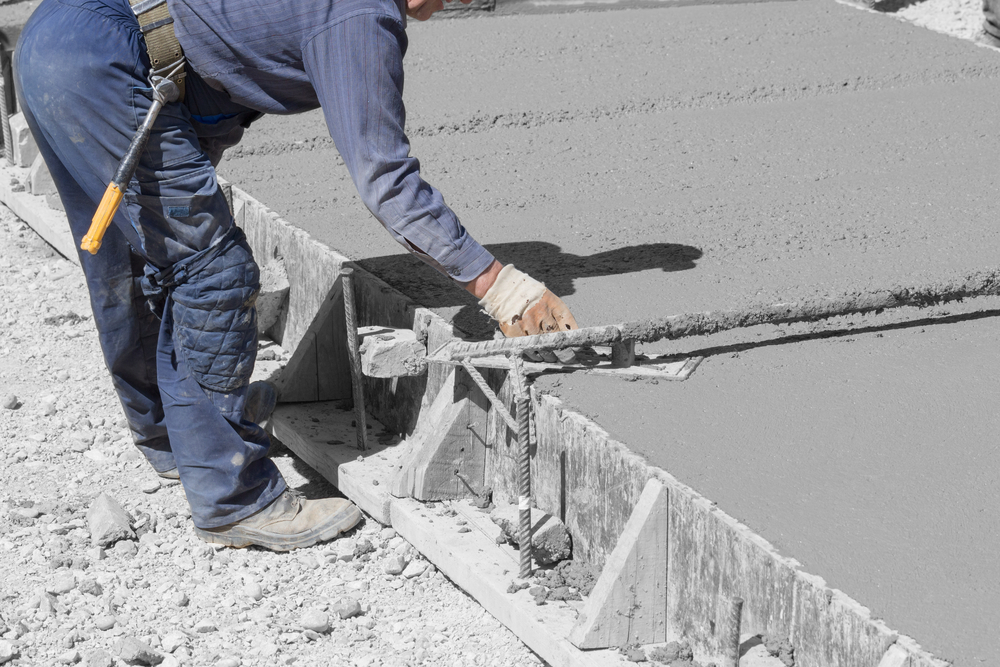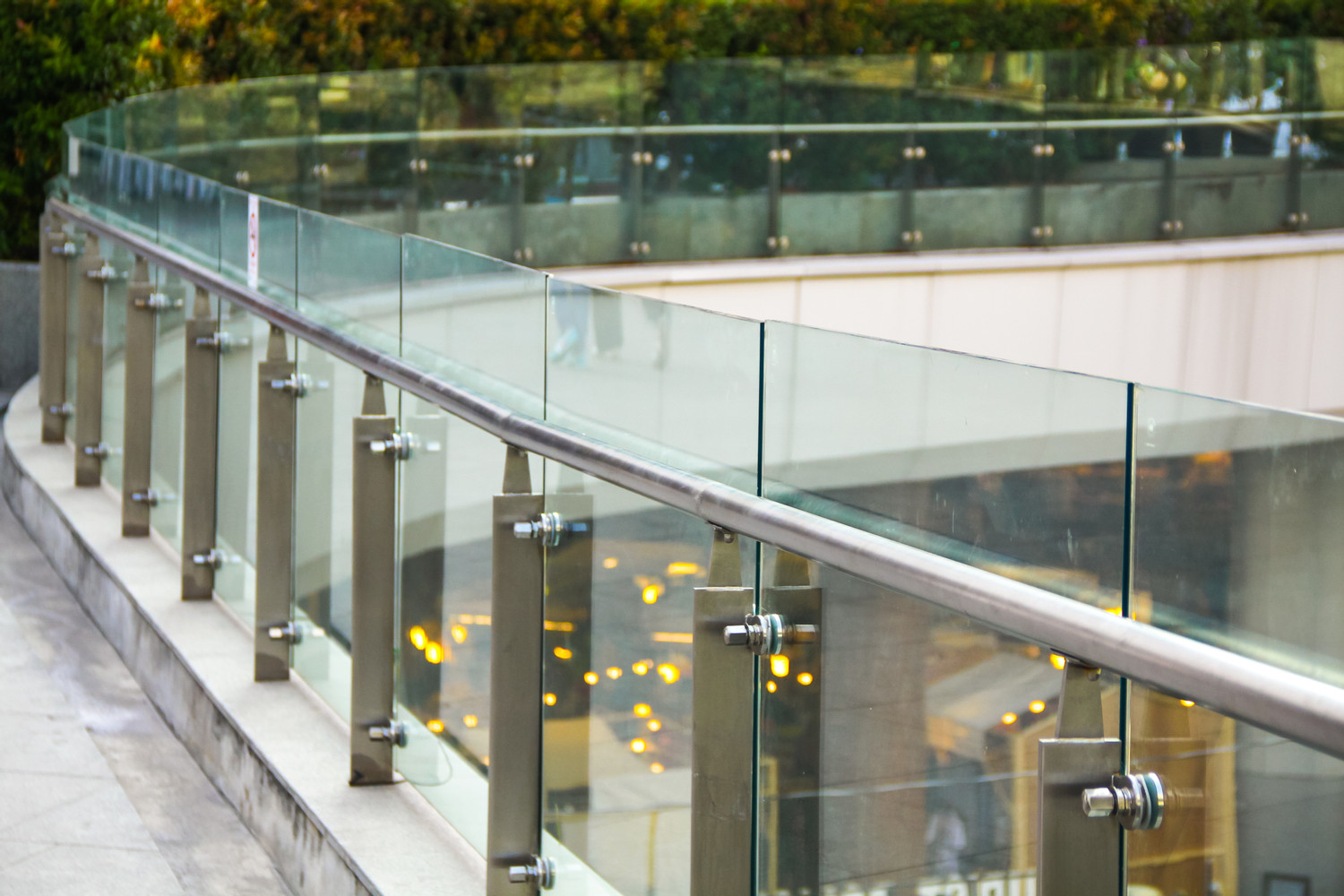
Whether it’s an unsolicited glance in the mirror or the latest glossy magazine cover, there’s often a silent reminder that aging is a relentless sprinter in the marathon of life. Do those fine lines around your eyes and mouth sometimes keep you up at night? Is there a longing for a time when your skin maintained a freshness akin to dew-kissed morning roses? Fear not, for emerging cosmetic breakthroughs like fibroblast plasma skin tightening not just confront skin aging but tackle it with incredible finesse. Our voyage into the dynamics of this treatment will leave you with valuable insights for enhancing your youthful visage.
In this exploration, we'll dissect the realms of the science behind Fibroblast plasma skin tightening, its multilayered benefits, why it's gained traction amongst cosmetic pundits, and whether it's the skin savior you’ve been seeking. The world isn't short of cosmetic revolutions, but ones with promising results like plasma treatments are worth exploring.
In the end, understanding this treatment could be your key to unlocking more than just an enviable skin but also the confidence that comes with it. So, tighten your proverbial seatbelts as we voyage into this skin rejuvenation method’s potential and implications.
A Deep Dive into What Fibroblast Plasma Treatment Is
Phenomenon as they may appear, anti-aging treatments aren’t a quick dose of magic, but the result of impressive science. Medical cosmetic science, to be precise, plays a significant role in the development of non-invasive skin tightening treatments like the Fibroblast Plasma methodology.
Fibroblast Plasma technology is a non-surgical, promising procedure that employs a plasma pen. The pen discharges a direct energy flash which evokes fibroblast cells in your skin to firm up, enhancing texture and tautness. It emulates the procedure of conventional surgery minus the extensive invasiveness, policing wrinkles back into oblivion. It’s essential to note that fibroblast treatment predominantly works on surface-level skin tightening. It might not be the go-to solution for deep-seated wrinkles and folds, as it might require supplementary therapeutic measures.
How Safe Is the Fibroblast Plasma Procedure?
The notion of the word ‘operation’ while discussing skin treatments can often ring alarm bells. It's only natural to raise questions regarding safety, side effects and recovery period. Indeed, safety is a paramount consideration for any skin treatment, and plasma skin tightening is no different.
Unlike traditional methods, this innovative procedure assures a lower risk factor, minimal discomfort, and reduced downtime. Experienced practitioners ensure that the process is rid of unnecessary harm, and rest assured, your skin is in good hands. However, like most treatments, Plasma Fibroblast comes with its share of temporary side effects, where swelling and scabbing might be apparent post-procedure. It's crucial to follow the aftercare directives prescribed by your clinician to avoid further complications.
Why Consider Fibroblast Plasma Skin Tightening?
There’s an array of skin rejuvenating treatments available today, but few can rival the affordable, non-invasive, and efficient appeal of fibroblast plasma skin tightening. The transformative potential of this method lies in its beckoning promise of a youthful glow without the surgical strings attached. Moreover, this procedure is versatile, treating a wide spectrum of skin troubles. If hooded eyelids, crow's feet, or laugh lines have been your uninvited guests, plasma treatment might just show them the door.
Understanding the Benefits and Potential Drawbacks
Before making a decision, it's essential to weigh the pros and cons. fibroblast plasma skin tightening therapy presents a host of benefits such as skin tightening and rejuvenation, reduced scarring and spots, and improved skin texture.
However, remember that it might prove less effective for deeper wrinkles and folds. There is also a possibility of temporary side effects and the process could involve multiple sessions, depending on individual skin requirements.

Who Should Opt for Fibroblast Plasma Treatment?
Before the plunge, it is imperative to have a comprehensive skin assessment to determine suitability for this fibroblast plasma skin tightening treatment. Those struggling with early signs of sun damage, superficial wrinkles, or sagging skin would most benefit. However, those with active skin concerns or a darker skin tone, which is more prone to hyperpigmentation, might need to approach with caution or consider alternative treatments.
Embrace the Marvel of Advanced Cosmetic Science
The journey to maintaining youthful skin can sometimes appear like a labyrinth. But notable advancements in cosmetic science like fibroblast plasma skin tightening treatment can simplify this quest. It holds potential as an affordable, effective, reduces recovery time, and versatile skin rejuvenation solution.
While it does come with its share of cons, the scales tip in Favor of this budding revolution. Seek expert advice, make informed decisions, but most importantly, remember that aging, as natural as the morning sunrise, is a celebration of timeless beauty. After all, your skin is a testament to your journey, why not help it narrate the most beautiful story?












.jpg)


